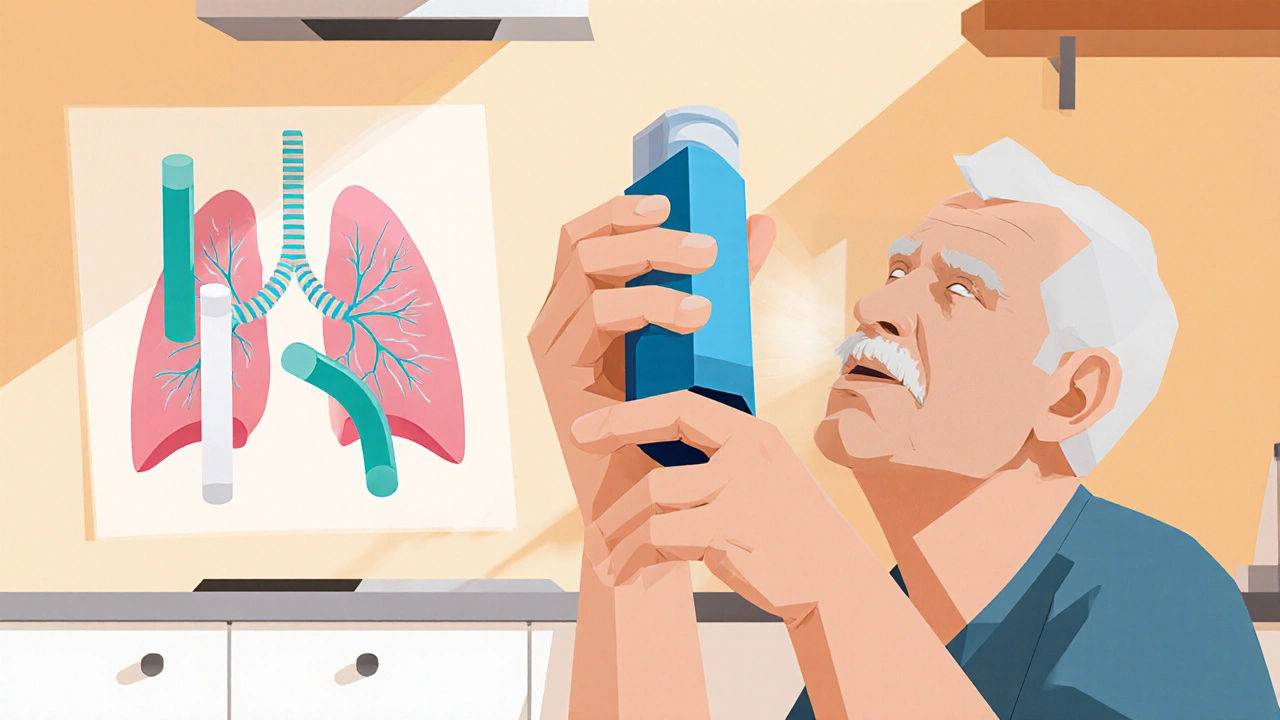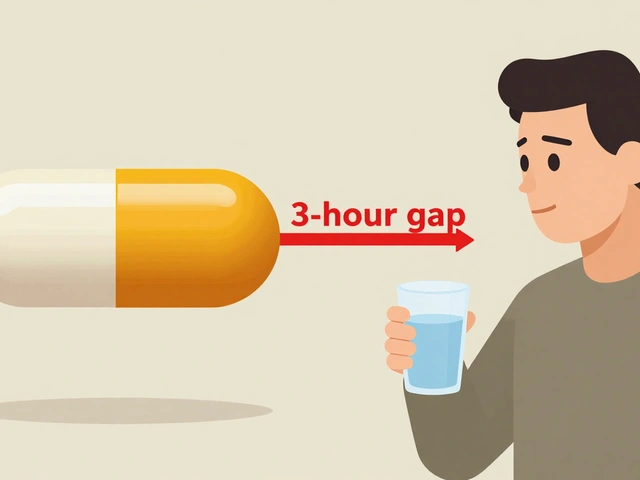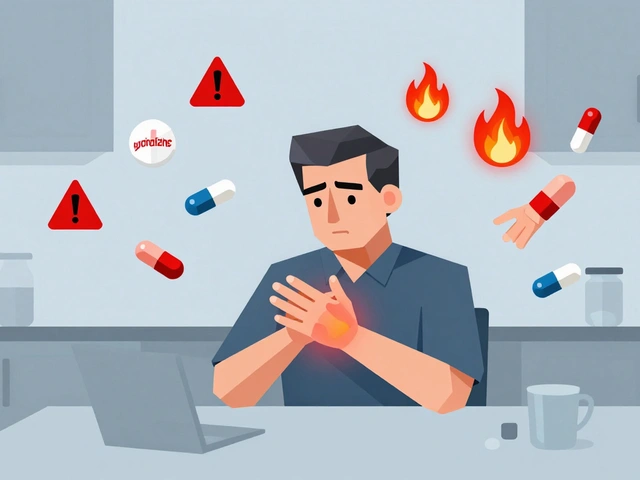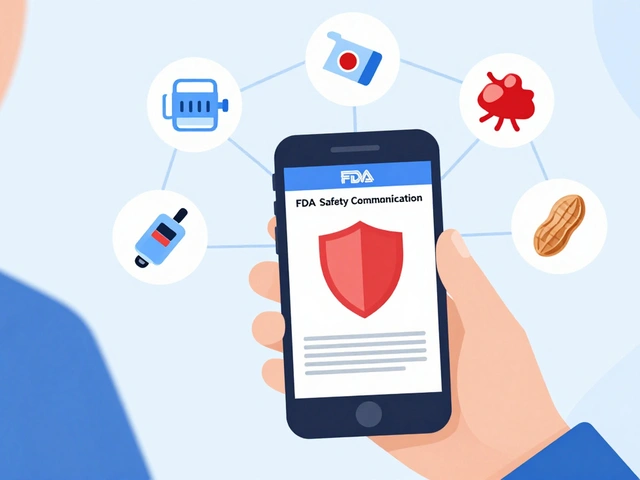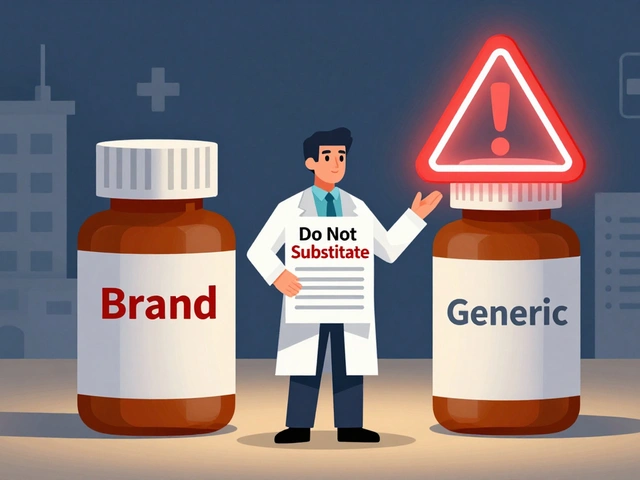Inhaler Technique: How to Use Your Inhaler Right and Get Full Relief
When you use an inhaler technique, the specific method of using a handheld device to deliver medication directly into the lungs. Also known as inhaler use, it’s not just about pressing the canister—you need timing, breath control, and coordination to get the full dose. If you’re not doing it right, up to 80% of your medicine lands in your mouth or throat instead of your lungs. That means you’re not getting the relief you paid for, and your symptoms keep coming back.
There are two main types of inhalers: metered-dose inhalers (MDIs) and dry powder inhalers (DPIs). Metered-dose inhalers, devices that spray a measured amount of medication using a propellant require you to press down and breathe in at the exact same time. Most people mess this up—they press too early, too late, or don’t hold their breath long enough. Dry powder inhalers, devices that release medication when you inhale quickly and deeply don’t need timing, but you still have to breathe in hard and fast. If you’re too slow, the powder won’t reach deep into your lungs. And if you don’t rinse your mouth after using steroid inhalers, you risk thrush, hoarseness, or even pneumonia.
Using a spacer with your MDI can fix half the problems. It’s a simple plastic tube that holds the puff of medicine so you can breathe it in slowly. Kids, older adults, and anyone with shaky hands benefit the most. But even with a spacer, you still need to seal your lips around it and breathe in deeply. No half-hearted puffs. No talking while you’re using it. And never shake the inhaler before using it unless the instructions say so—some newer models don’t need it.
People with asthma or COPD, a group of lung diseases including emphysema and chronic bronchitis that make breathing hard rely on these devices daily. But most haven’t been shown how to use them correctly since their first prescription. Doctors assume you know. Pharmacies hand you the device and move on. No one checks your technique. And that’s why so many patients end up in the ER with worsening symptoms—because their inhaler isn’t working, not because their condition is getting worse.
There’s a reason some of the posts here talk about lincomycin for chronic bronchitis, corticosteroid eye drops, and even probiotics for GERD. It’s all connected. If your lungs aren’t getting the right dose of medicine, your whole system suffers. Poor inhaler technique leads to more flare-ups, more antibiotics, more doctor visits. Fix the technique, and you cut the chain.
You don’t need a degree in medicine to get this right. You just need to know the steps, practice them, and check them regularly. Watch a video. Ask your pharmacist to watch you. Use a mirror. Record yourself. Small changes make a huge difference. And if you’ve been using your inhaler the same way for years—chances are, you’re doing it wrong. The good news? It’s never too late to learn. Below, you’ll find real guides from people who’ve been there, tested the methods, and figured out what actually works.
Learn how tiotropium bromide works, master the Respimat inhaler technique, tackle common usage problems, and get practical tips to improve your COPD treatment.
Continue reading...

